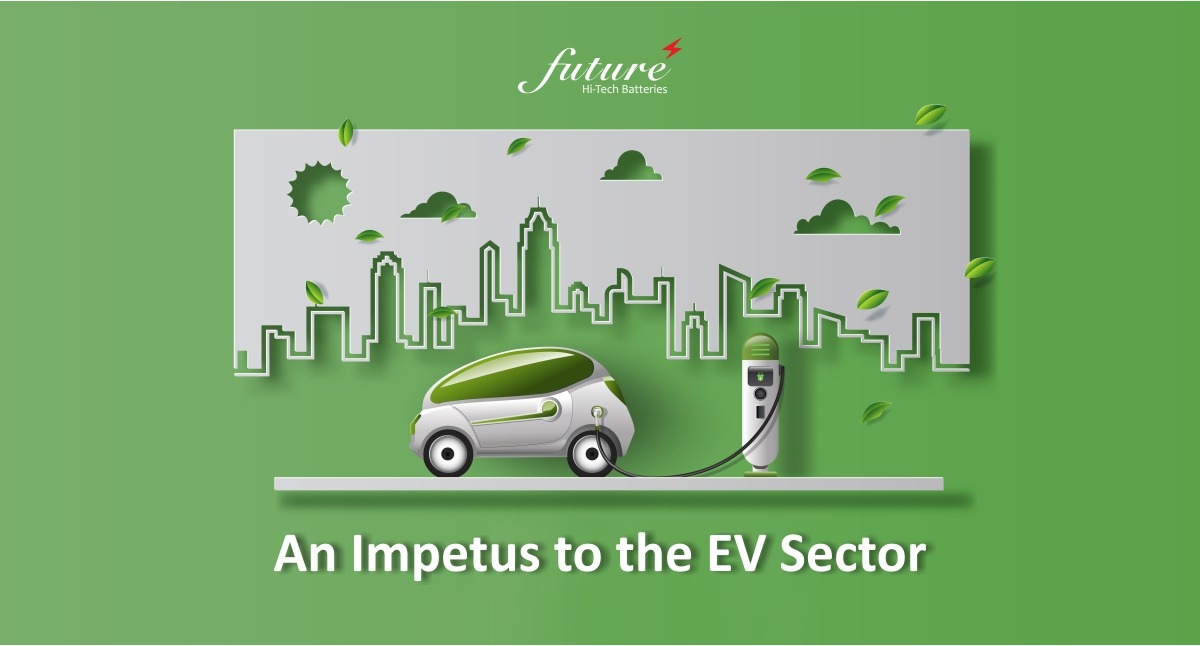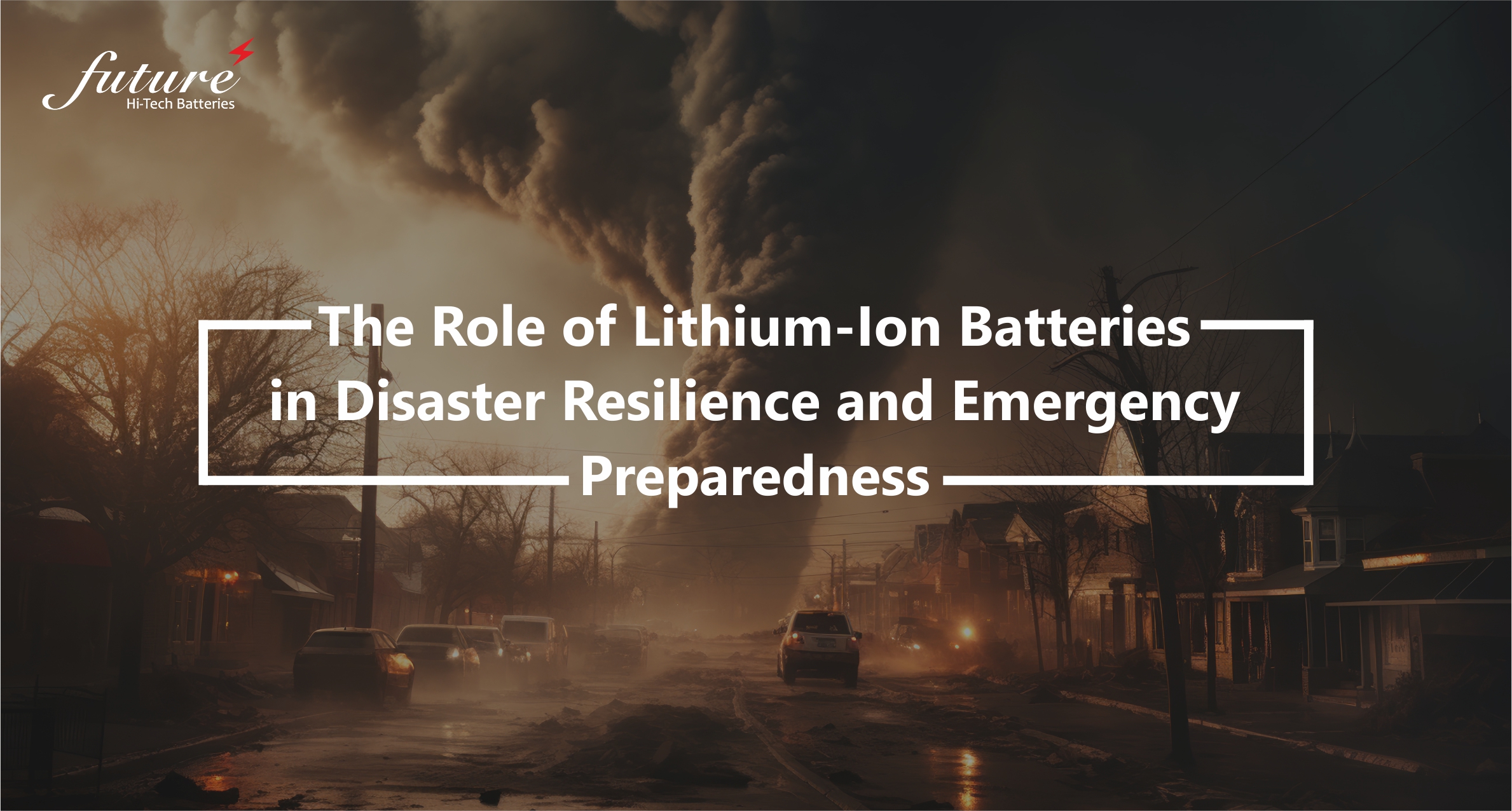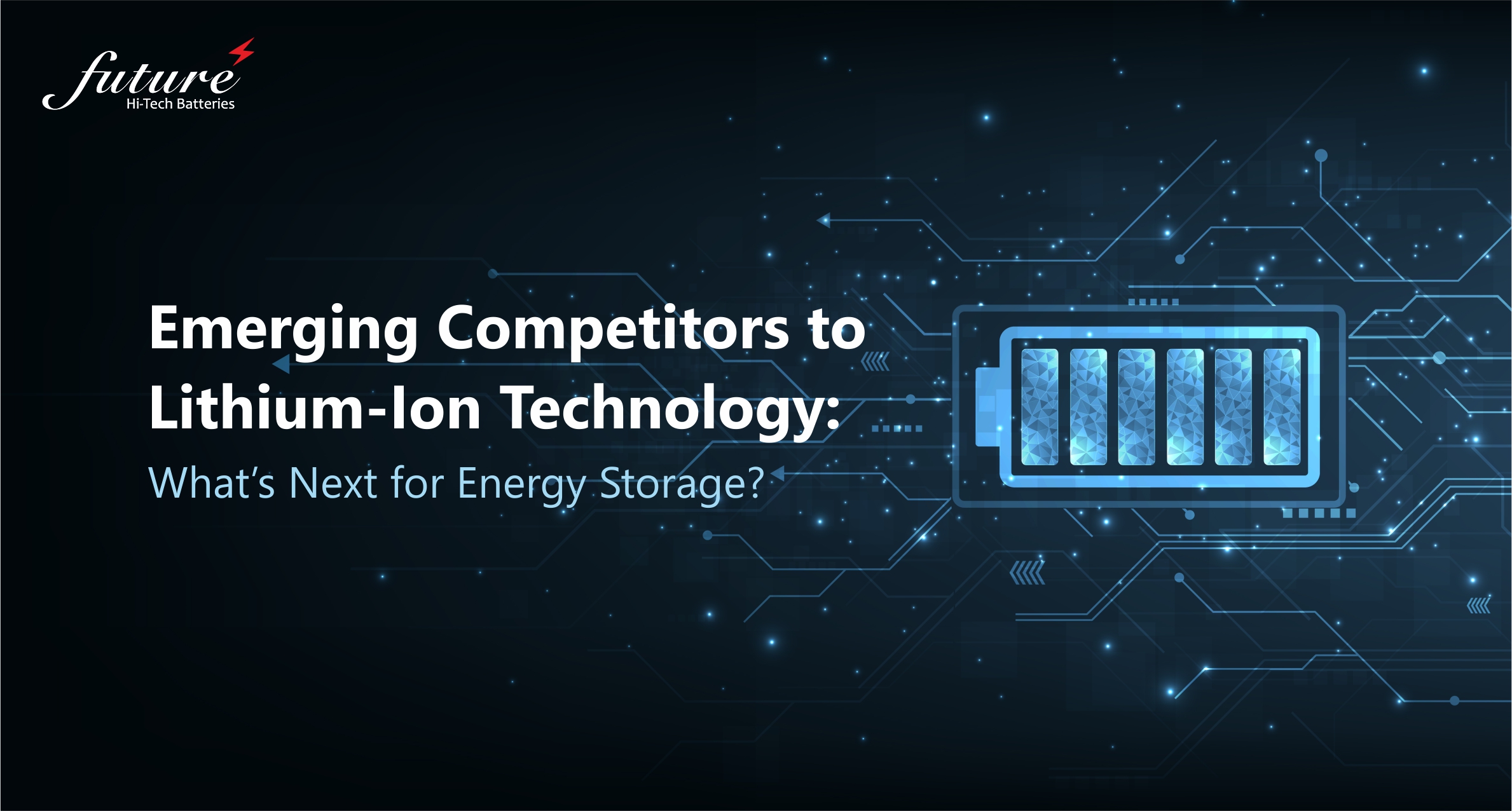Electric Vehicle Technology (EVs) is transforming the world of roads and transport. Statistics suggest that just in the last five years, the global market for EVs has grown at a rate of 43% each year on average. And even though India is catching up with China, Europe, and the United States, the worldwide EV stock has reached 7.2 million units. To bring things into perspective, in 2010 batteries powered our phones and computers, and by the end of the decade – powered our cars and houses. Now the goal is to make EVs commercially viable from the standpoint of cost and performance..

Lorem ipsum dolor sit amet, nec in adipiscing purus luctus, urna pellentesque fringilla vel, non sed arcu integer, mauris ullamcorper ante ut non torquent.
UBS estimates that over the next decade energy storage costs will fall between 66% and 80, and that the market will grow to as much as $426 billion worldwide. Along the way, entire ecosystems will grow and develop to support a new age of battery-powered electricity, and the effects will be felt throughout society. It is here where batteries hold the key to transitioning to a renewable world.
While there are several ways to store energy, we’re going to look at Lithium batteries. They are used in everything from your mobile phones to laptops to EVs and grid storage. Statistics suggest that the price of Lithium battery cells declined by 97% in the last three decades. This means that a battery with a capacity of one kilowatt-hour that cost $7500 in 1991, was just $181 in 2018. That’s 41 times less. What’s promising is that prices are still falling steeply: the cost halved between 2014 and 2018. A halving in only four years.
We see this decline in the chart, which shows the average price trend of lithium-ion cells from 1991 through to 2018.4 This is shown on a logarithmic axis, and measured in 2018 US dollars per kilowatt-hour.5 This data comes from the work of Micah Ziegler and Jessika Trancik, who constructed a global database tracking lithium-ion cell prices, installed capacity and other metrics such as energy density over time.6 This database combines data from 90 series that describe how lithium-ion technologies have changed from 1990 onwards.
The electric vehicle landscape is rapidly changing as both technology and interest evolve, and the coming years will see many more EVs take to the roads, seas, and skies. In the US, electric vehicles sales have climbed by more than 40 percent a year since 2016. By 2035, the largest automotive markets will be fully electric—providing both a glimpse of a green future and significant economic opportunity. Explore our insights to find out:
Despite expectations that lithium demand will rise from approximately 500,000 metric tons of lithium carbonate equivalent (LCE) in 2021 to some three million to four million metric tons in 2030. As a result, the industry will be able to provide enough products to meet demand with supply. Alongside increasing the conventional lithium supply, which is expected to expand by over 300 percent between 2021 and 2030, direct lithium extraction (DLE) and direct lithium to product (DLP) can be the driving forces behind the industry’s ability to respond more swiftly to soaring demand. Direct lithium extraction and direct lithium to the product offer the significant promise of increasing lithium supply, reducing the industry’s environmental, social, and governance footprint, and lowering costs.
Lithium is needed to produce virtually all traction batteries currently used in EVs as well as consumer electronics. Lithium-ion (Li-ion) batteries are widely used in many other applications as well, from energy storage to air mobility. As battery content varies based on its active materials mix, and with new battery technologies entering the market, there are many uncertainties around how the battery market will affect future lithium demand.
Future from the Indian Perspective
This year the finance minister of India issued a multiplicity of attractive incentives in the economic budget with the aim of popularizing the use of EVs and bringing about an all-electric transition. The incentives included a reduction in the income tax on the loan for EVs, a decrease in the import duty of certain key components, a reduction in the GST rate on EVs from 12% to 5% and from 18% to 5% on EV chargers.
Presenting the Union Budget for 2022-23, Finance Minister Nirmala Sitharaman said that considering space constraint in urban areas for setting up charging stations at scale, a battery swapping policy will be brought out and inter-operability standards will be formulated. The private sector will be encouraged to develop sustainable and innovative business models for ‘Battery or Energy as a Service’. This will improve efficiency in the EV ecosystem.
The budget for 2022–23 gives a huge impetus to the electric vehicle (EV) industry. Introducing the battery swapping policy and recognizing battery or energy as a service will help to develop EV infrastructure and increase the use of EVs in public transportation. It motivates businesses engaged in delivery and car aggregation businesses to incorporate EVs into their fleet. It will create new avenues for companies to venture into the business of battery swapping. Additionally, creating special clean zones will further accelerate the adoption of EVs and spread awareness among the citizens. The move will benefit the whole segment, i.e E2W, E3W, E-cars, and buses.










Your Comment Please